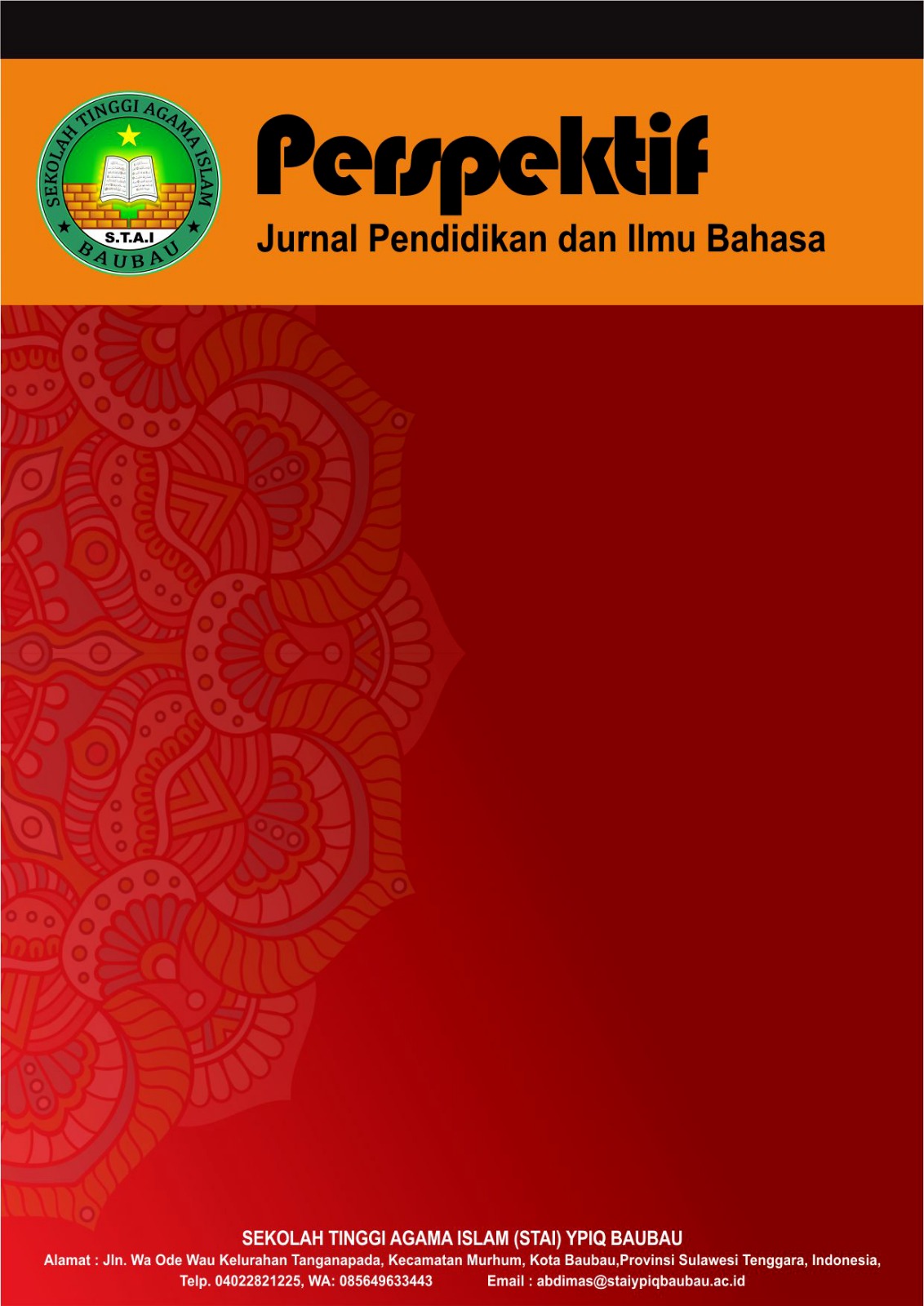Pengembangan Media Video Pembelajaran Berbasis Aplikasi Canva pada Pelajaran IPAS Materi Harmoni dalam Ekosistem di Kelas V SDN 104203 Bandar Khalipah T.A. 2023/2024
DOI:
https://doi.org/10.59059/perspektif.v3i3.2668Keywords:
ADDIE, Canva, Ecosystem, Learning Video Media, ScienceAbstract
This study aims to develop and produce a product used as a learning medium in grade V, namely a learning video media based on the Canva application in the Science lesson Harmony in Ecosystems to improve student learning outcomes. This type of research and development (RnD) uses the ADDIE model which includes analysis, design, development, implementation, and evaluation. The instrument used is a questionnaire. The product developed must go through a validity test conducted to determine the feasibility, effectiveness and practicality before being used in learning. The feasibility test was obtained from the review of media experts obtaining a score of 90% and material experts obtained 85% in the very feasible category, the practicality of this media was obtained from the review of practitioner experts with a score of 96% in the very practical category. The effectiveness of the learning media product was obtained from the results of student tests that before using the product, 6 out of 29 students completed with a percentage of 20% completion, after using the product the percentage increased to 93% experiencing an increase of 73% with a total of 27 out of 29 students completing. This shows that the media developed is effective in improving student understanding as seen from student learning outcomes. The developed media is feasible, practical, and effective for use in the Harmony in Ecosystems learning material.
References
Affandi, M. R. (2020). Analisis efektivitas media pembelajaran e-learning dalam meningkatkan hasil belajar siswa kelas X pada pelajaran fisika. Jurnal Pendidikan Fisika, 154.
Alfian, A. (2022). Pemanfaatan media pembelajaran audio visual berbasis aplikasi.
Faradayanti, K. A. (2020). Kepraktisan media pembelajaran berbasis web untuk menunjang e-learning pada mata pelajaran instalasi motor listrik di SMK. Jurnal Pendidikan Teknik Elektro, 678.
Fazriyah, N. d. (2020). Penggunaan aplikasi Kahoot pada pembelajaran media dan sumber pembelajaran SD. Jurnal Ilmiah PGSD STKIP Subang, 144.
Ginting, D. (2024). Analisis pengaruh jejaring sosial terhadap interaksi sosial di era digital. Pusat Publikasi Ilmu Manajemen, 23.
Mustopa, A. (2021). Analisis standar penilaian pendidikan. Jurnal Pendidikan Indonesia.
Permendikbud. (2006). Salinan Permendikbud No. 23.
Rahayu, R. I. S. (2023). Karakteristik keterampilan guru abad 21. Jurnal Ilmiah Pendidikan Dasar, 95.
Rahman, A. (2022). Pengertian pendidikan, ilmu pendidikan dan unsur-unsur pendidikan. Al Urwatul Wutsqa.
Simanjuntak, E. B. (2015). Pengaruh strategi pembelajaran dan motivasi berprestasi terhadap hasil belajar penelitian tindakan kelas (PTK) mahasiswa PGSD Unimed. School Education Journal PGSD FIP UNIMED, 105-106.
Sudiarta, I. G. (2016). Pengaruh model blended learning berbantuan video animasi terhadap kemampuan pemecahan masalah dan pemahaman konsep siswa. Jurnal Pendidikan dan Pengajaran.
Sugiyono. (2019). Metode penelitian kuantitatif, kualitatif, dan R&D. ALFABETA.
Sujarno, A. (2016). Pengembangan media pembelajaran menggunakan Prezi pada mata pelajaran sistem komputer di SMK Negeri 3 Buduran. Jurnal Pendidikan Teknik Elektro.
Syamsurizal. (2020). Validitas dan reliabitas alat ukur. Universitas Negeri Padang.
Tarihoran, E. (2019). Guru dalam pengajaran abad 21. STP-IPI Malang Program Studi Pendidikan dan Pengajaran Agama Katolik, 51.
Downloads
Published
How to Cite
Issue
Section
License
Copyright (c) 2025 Perspektif : Jurnal Pendidikan dan Ilmu Bahasa

This work is licensed under a Creative Commons Attribution-ShareAlike 4.0 International License.








